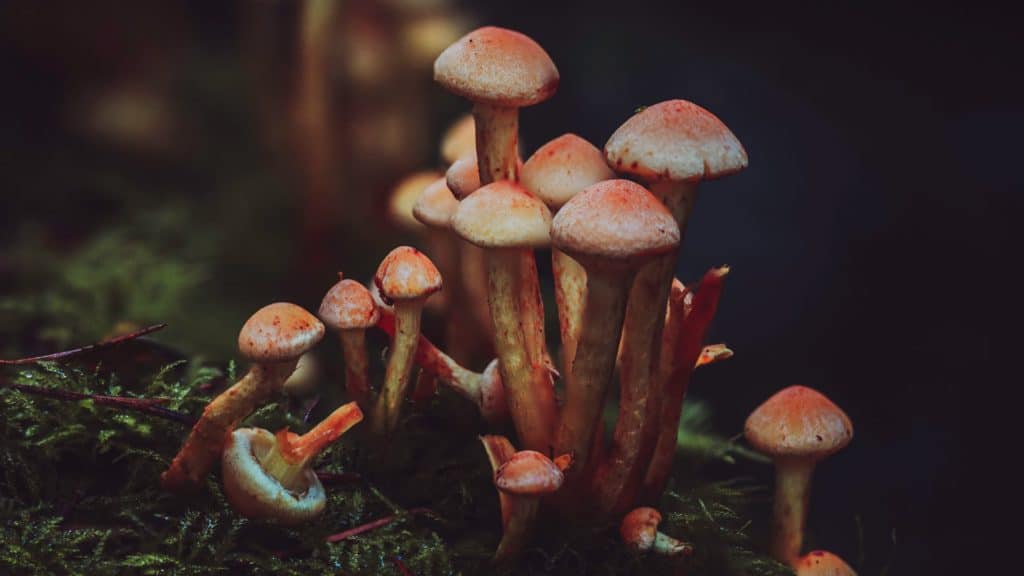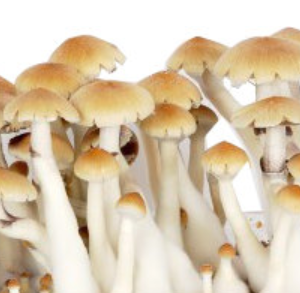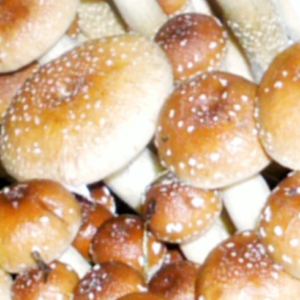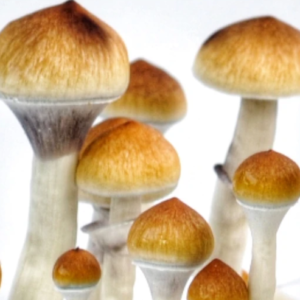This is the third part in our series about mushroom colonization.
If you missed parts one and two, we encourage you to read them now. In part one, you’ll learn all about what fungal colonization is and how it works. In part two, you’ll learn about mushroom spawning nutrients and how fungi colonizes a natural substrate in the wild.
In this, the third and final part of our series on colonization, we’ll discuss what mycologists mean when they refer to certain strains of mushroom as aggressive colonizers—then we’ll find out why some strains tend to be faster and more aggressive during the colonization phase of growth. Finally, we’ll look at some real-world examples of aggressive colonizers we offer in our spore syringe shop, for those amateur microscopists interested in studying spores from fungi with those characteristics.
Let’s begin:
What Does it Mean When a Fungi is Described as “Aggressive” in the Colonization Stage of Growth?

When mycologists refer to an “aggressive” colonizer, they’re talking about a fungi which produces mycelium at a rapid rate—oftentimes even under imperfect conditions, such as less-than-ideal nutrients or environmental conditions.
Being an aggressive colonizer isn’t just a matter of speed. It likely means that the fungi can propagate itself in environments where the likelihood of contamination is high. For culinary mushroom growers, these kinds of fungi are ideal, because they’re more likely to produce a viable (and plentiful) crop.
However, the term is often used to refer to the colonization capabilities of mushrooms. So why exactly are some mushrooms better at colonization than others?
It all has to do with biodiversity. Let’s learn more about that:
Why are Some Mushroom Strains More Aggressive Colonizers Than Others?
As mentioned in the last section, the key to understanding why some mushroom strains are faster, more aggressive colonizers usually has to do with biodiversity. Namely, the biodiversity in the region where the fungi originally comes from.
You’ll notice that many of the mushroom strains described as aggressive colonizers come from areas of the world which are extremely high in biodiversity—meaning that there’s a lot of life where they come from, and thus a lot of competition. To survive in a region with high biodiversity, plants, animals, and fungi have to be tough. In the case of fungus, that means colonizing their surrounding environment quickly and efficiently.
Next, we’ll take a look at three examples of real-world mushroom strains that are quick colonizers.
Top 3 Aggressive Colonizer Mushroom Strains
As you can see, these aggressive colonizers are all from regions of the world where biodiversity is high. The Amazonian mushroom strain and the creeper strain are from the Amazon rainforest, and KSSS—which stands for the Koh Samui Super Strain—is from the beautiful island of Koh Samui off the coast of Thailand.
Ready to Learn More About Fungal Taxonomy? Order Your Microscopy Research Mushroom Spores Here!
Excited to learn more about fungal taxonomy?
Amateur microscopy is a growing hobby in the United States, because it’s completely legal to study the spores of psilocybe mushrooms.
Learn more in our free eBook.



